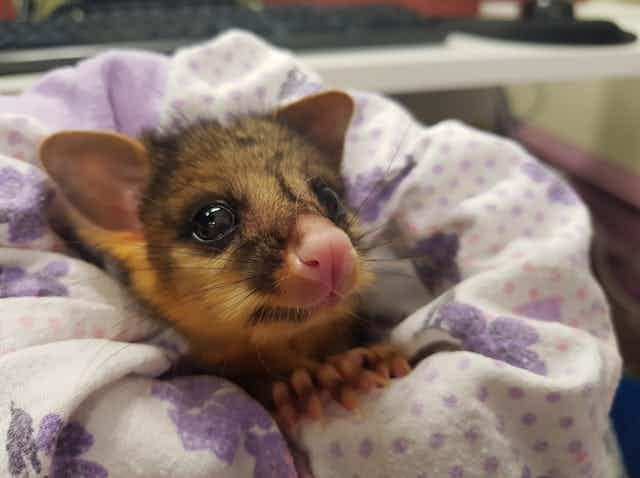Imagine coming across an injured kangaroo on the side of the road. Or a bat entangled in fruit tree netting. Would you know who to call to get help?
After a quick search, you find the number of your local wildlife rescue service and give them a call. A trained operator gathers the information they need to assess your case and coordinate rescue and rehabilitation if needed.
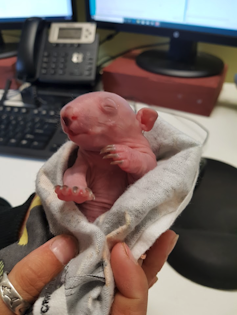
Across Australia, wildlife emergency response hotlines, such as Wildlife Victoria in Victoria, WIRES in New South Wales and smaller groups throughout the country, offer valuable help to wildlife and members of the public who encounter wildlife emergencies. Data from these services can also help us understand how human activities harm wildlife at a local level. And that in turn highlights what can be done to better protect wildlife.
In newly published research, our team analysed a ten-year dataset from Wildlife Victoria, the main wildlife emergency response service in that state. The service responded to more than 30,000 cases a year, on average, between 2010 and 2019. Around 400 cases a year involved threatened species.
Human activities are the greatest threat
Many such services operate on a daily basis. They collect enormous amounts of information on human and non-human threats to wildlife, particularly in urban areas.
When you call a service about an animal, a rescuer might need to attend or, if safe to do so, you might be asked to take the animal to a vet clinic free of charge for assessment. Or it might be that the animal, such as a fledgling bird on the ground, just needs to be left alone.
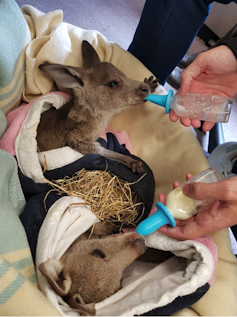
Confirming what studies in Australia and elsewhere have shown, our results demonstrate that human activities do the most harm to wildlife, as opposed to more natural causes such as severe weather or being preyed on by other animals. A majority of cases were reported in the Greater Melbourne area rather than the rest of the state.
As might be expected, common species accounted for most cases. Eastern grey kangaroos, ringtail and brushtail possums and magpies were the most commonly reported species.
Of 443 identified species reported to the service, 81 were listed as threatened. The majority of cases involving threatened species (on the Fauna and Flaura Guarantee Act 1988 Threatened List) concerned grey-headed flying foxes.
Generally, the main causes for concern were collisions with vehicles, animals found in an abnormal location (an unnatural habitat where they did not belong) or in buildings, and attacks by cats or dogs.
Read more: What happens after you take injured wildlife to the vet?
Some species were disproportionately impacted by some threats rather than others and in some locations. For example, kangaroos and koalas were more likely to be victims of vehicle collisions outside Greater Melbourne. In contrast, ringtail possums were more likely to be attacked by cats within the metropolitan area.
Flying foxes were more frequently reported within Greater Melbourne. The main cause of concern was entanglements in nets such as fruit tree netting. The data thus confirmed the danger these nets present.
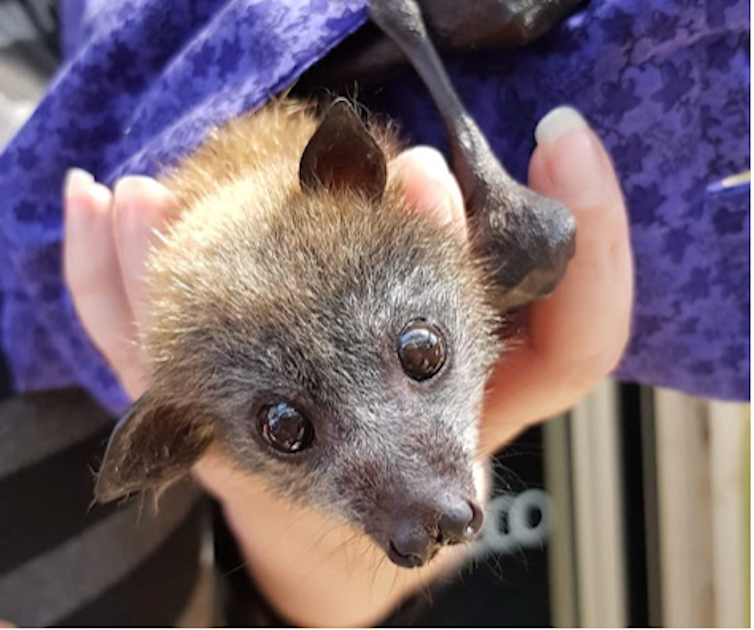
Services struggle to keep up with demand
Worryingly, Wildlife Victoria recorded a 2.5-fold increase in reported cases from 2010 to 2019.
However, such services are often under-resourced. While the number of cases increased, the number of volunteers able to respond to cases did not. This means a lower proportion of all cases can receive the support they need.
Using data from services such as Wildlife Victoria can help us understand service-demand gaps and where resources would be best allocated to fill these gaps.
We also showed such services provide invaluable education to the community. Around one in five calls resulted in education, rather than requiring an emergency response.
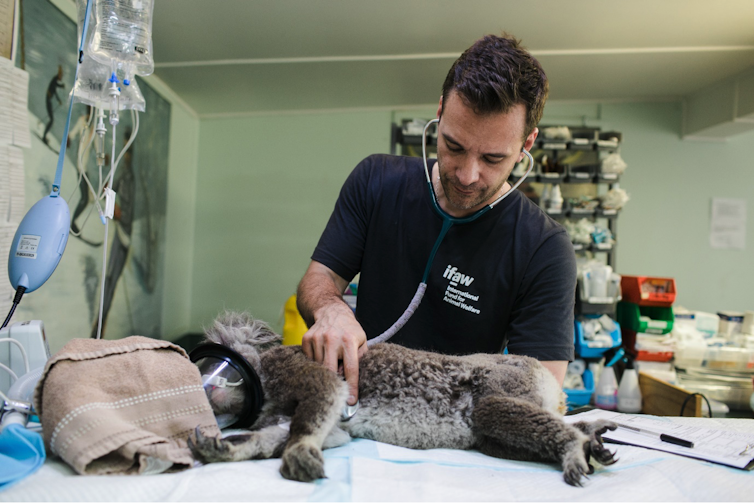
Databases are a largely untapped resource
Wildlife emergency response services have a wealth of data that describe the species-specific and location-specific threats wildlife face. Local wildlife managers and organisations interested in protecting wildlife from common threats before they occur could use this data to understand what they can do to achieve this.
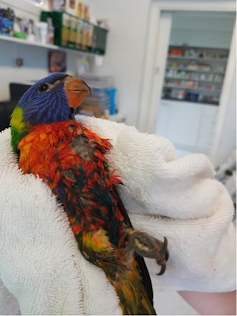
For example, the data can help pinpoint where measures such as educating the community on responsible pet ownership, banning the sale of dangerous netting or wire and reducing speed limits would be effective depending on the wildlife affected in specific areas.
The data could also help monitor the success of new laws, campaigns and measures to protect wildlife. For example, researchers in Queensland have used data from their local wildlife rescue services to quantify the reduction in koala deaths from car strikes and dog attacks following a campaign to raise awareness of threats to koalas. This source of information is invaluable because such data can be hard and costly for ecologists and conversationists to collect.
Interested in interacting with Wildlife Victoria’s historical data? Check out this webpage.
Read more: 'The sad reality is many don't survive': how floods affect wildlife, and how you can help them

